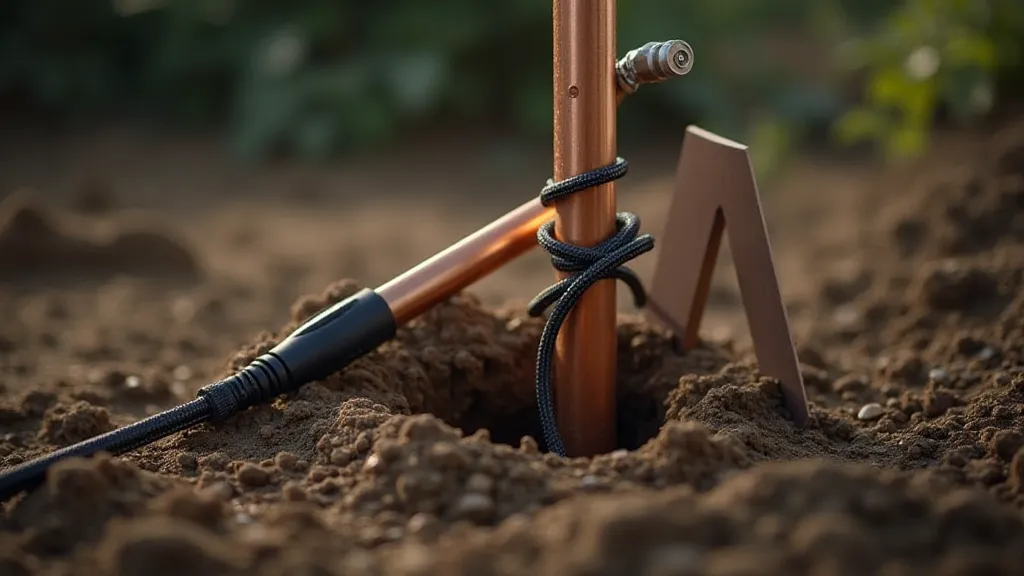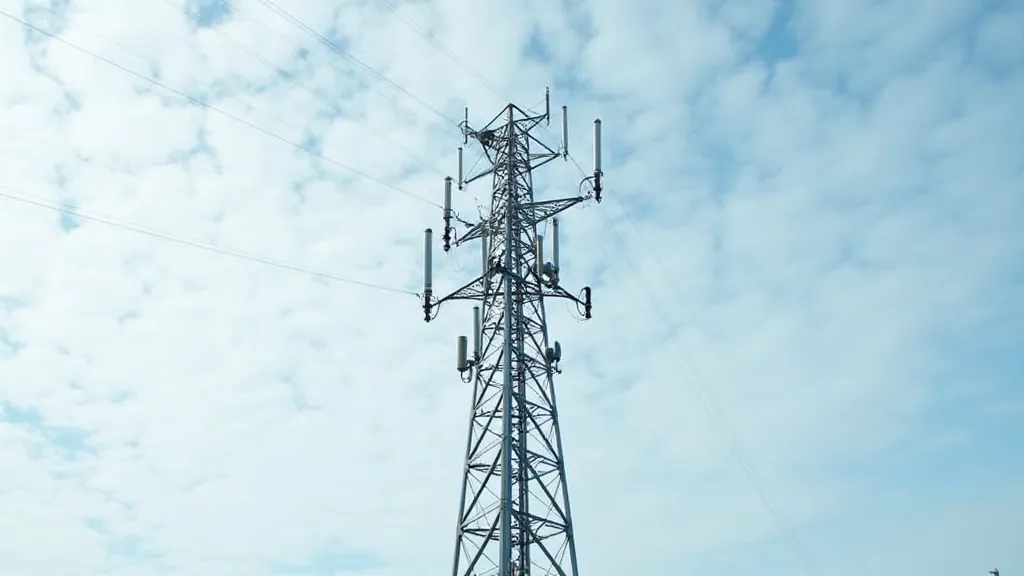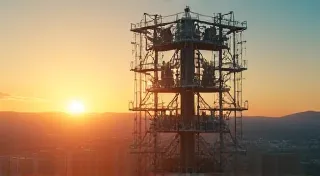Antenna Safety: Avoiding Hazards During Construction and Operation
Building and operating amateur radio antennas is a rewarding hobby, but it's crucial to prioritize safety. Improper construction and operation can lead to serious injury or even death. This article outlines essential safety precautions for ham radio antenna builders and operators.
Electrical Safety – The Core Concerns
The biggest danger when building and using antennas revolves around electricity. While antennas themselves are not inherently powered, their proximity to power lines and other electrical hazards requires constant vigilance.
Power Line Clearance – Absolutely Critical
This cannot be stressed enough. Always maintain a safe distance from overhead power lines. Regulations often dictate a minimum clearance (typically 10 feet, but check your local requirements), but always err on the side of caution. Never, under any circumstances, allow an antenna to come into contact with a power line. Contact results in immediate and lethal electrical shock. Even a momentary contact can damage equipment and cause widespread power outages.
Grounding – A Key Defense
Proper grounding is vital for protecting your equipment and yourself. The antenna system, including the coax cable and radio, should be grounded to a dedicated grounding rod. This provides a path for static electricity and, crucially, can help divert lightning strikes (although it doesn’t guarantee protection - more on that below).

Working on Elevated Antennas
Using ladders, towers, or scaffolding to install or maintain antennas introduces additional risks. Always follow proper ladder safety procedures, use appropriate fall protection gear (harnesses, lanyards), and have a spotter present. Never work on an antenna in windy or inclement weather.
Lightning Protection - Understanding the Risks
Lightning strikes are a significant threat to ham radio operators and their equipment. While a properly installed grounding system provides some level of protection, it is not foolproof. Lightning is incredibly powerful and unpredictable.
Lightning Arrestors – Your First Line of Defense
Install lightning arrestors on your feedline (coax cable) at the antenna and at the radio. These devices provide a controlled path for lightning to ground, bypassing your radio and other equipment. However, they are not a guarantee of complete protection.
Surge Protectors – Safeguarding Your Radio
Use surge protectors to shield your radio and other indoor equipment. While these are less robust than lightning arrestors, they can help mitigate damage from smaller surges.
The “Stay Inside” Rule – When in Doubt
The safest approach during a thunderstorm is to stay indoors, away from the antenna and any connected equipment. Wait at least 30 minutes after the last rumble of thunder before returning to your antenna site.
Mechanical Hazards - Ensuring Stability
Antennas subjected to wind and weather forces can become dangerous projectiles if not properly constructed and supported.
Strong Support Structures
Use sturdy masts, towers, and mounting hardware designed to withstand the expected wind loads in your area. Regularly inspect these structures for signs of corrosion, fatigue, or damage.
Guy Wires – Essential for Tower Stability
Towers often rely on guy wires for stability. Ensure these wires are properly tensioned and anchored to solid ground. Regularly inspect the anchor points and guy wire hardware.

Regular Inspections – A Proactive Approach
Conduct regular inspections of your antenna system, looking for signs of wear, damage, or potential hazards. Address any issues promptly.
RF Exposure Considerations
While the power levels used in amateur radio are generally low, prolonged exposure to radio frequency (RF) energy can pose a health risk. Maintain a safe operating distance from transmitting antennas.

Safe Operating Distances
Be aware of recommended safe operating distances for the frequencies you are using. Consult ARRL publications and other resources for detailed information.
Resources & Further Information
The American Radio Relay League (ARRL) is an excellent resource for safety information and best practices. Consult their website and publications for detailed guidance on building and operating amateur radio antennas safely.





